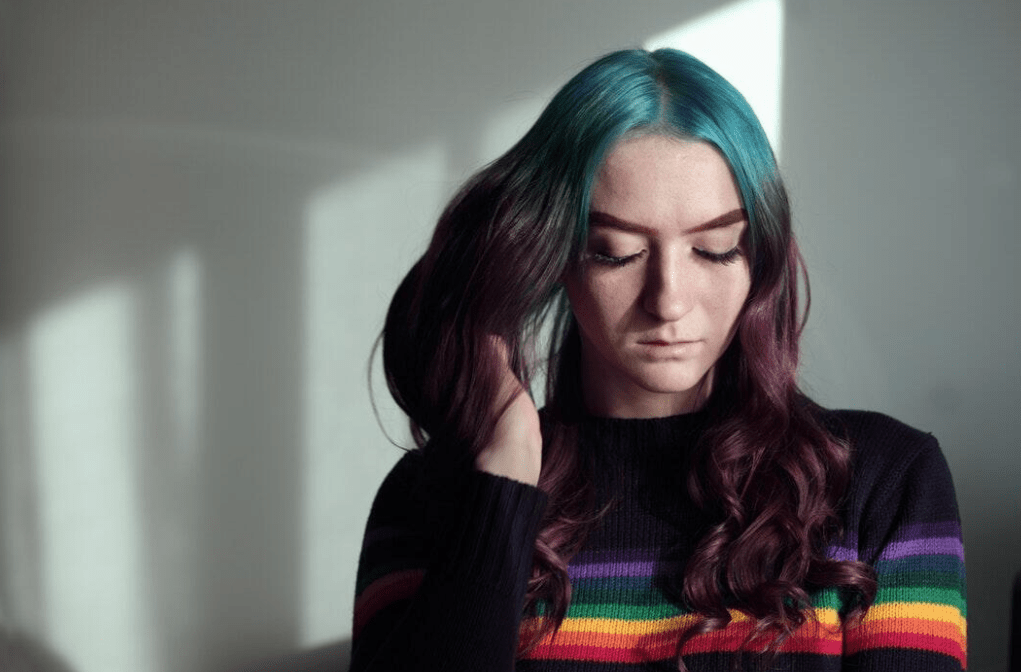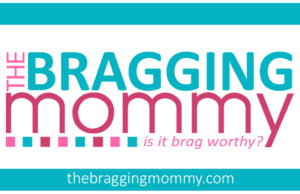Do you often feel the urge to pull out your hair?
Compulsive Hair Pulling, also called Trichotillomania, is a serious condition. It can affect people of all ages. Many feel shame or try to hide it. But you are not alone. This disorder can lead to hair loss and emotional pain. The good news is that help is available.

Want to learn how to manage it? Keep reading to find out more.
Understanding Trichotillomania
Compulsive hair pulling is a condition where a person feels a strong urge to pull out their hair. It can affect the scalp, eyebrows, eyelashes, or other areas. This behavior is often hard to control and may bring a sense of relief. Over time, it can cause bald spots and emotional stress.
The condition is known as Trichotillomania. It is linked to stress, anxiety, or boredom. People may not even notice they are doing it. To get help, it’s important to learn about trichotillomania treatment options.
Common Causes and Triggers
Many people pull their hair when they feel stressed or anxious. It can also happen during boredom or while trying to focus. Certain sounds, feelings, or situations may trigger the urge. These triggers are different for each person.
Some people start pulling after a major life change or trauma. Others may do it without knowing why. Genetics and brain chemistry might also play a role. Understanding what causes the behavior is the first step to finding help.
Recognizing the Warning Signs
Hair loss in patches is one of the most common signs. A person may try to hide these spots with hats or makeup. You might also notice them pulling their hair when they feel nervous or bored. Sometimes, they avoid social events because of shame or fear.
Another sign is finding hair on pillows, clothes, or around the house. Some may feel guilt or relief after pulling. They might also have bald spots on eyebrows or eyelashes. Noticing these signs early can help in getting support and treatment.
Supporting Your Loved One
It’s important to stay calm and patient. Avoid blaming or judging the person. Instead, offer support and listen to how they feel. Let them know you care and want to help.
Help them find healthy ways to cope with stress. Encourage them to speak with a doctor or therapist. Be there during tough times, even if progress is slow. Your support can make a big difference in their recovery.
Treatment Options and Resources
Many people find help through therapy, especially Cognitive Behavioral Therapy (CBT). This type of therapy teaches new ways to handle urges. Some may also benefit from medication. A doctor can help decide what works best.
Support groups and online forums can also be helpful. These spaces offer comfort and advice from others going through the same thing. Books and websites give more tips and tools for managing the condition. Finding the right support is a key step toward healing. Giving your loved one a reusable picky pad can help give them a different outlet when the urge to pull hair comes along.
Understanding Empowering Change
Understanding compulsive hair pulling is the first step towards effective support. By recognizing the signs, understanding the causes, and implementing supportive measures, families can significantly impact the lives of their loved ones. It is a journey that requires patience and love; remember, you are not alone, and help is available.
Did you enjoy reading this article? If so, then be sure to check out the rest of our blog for more!


